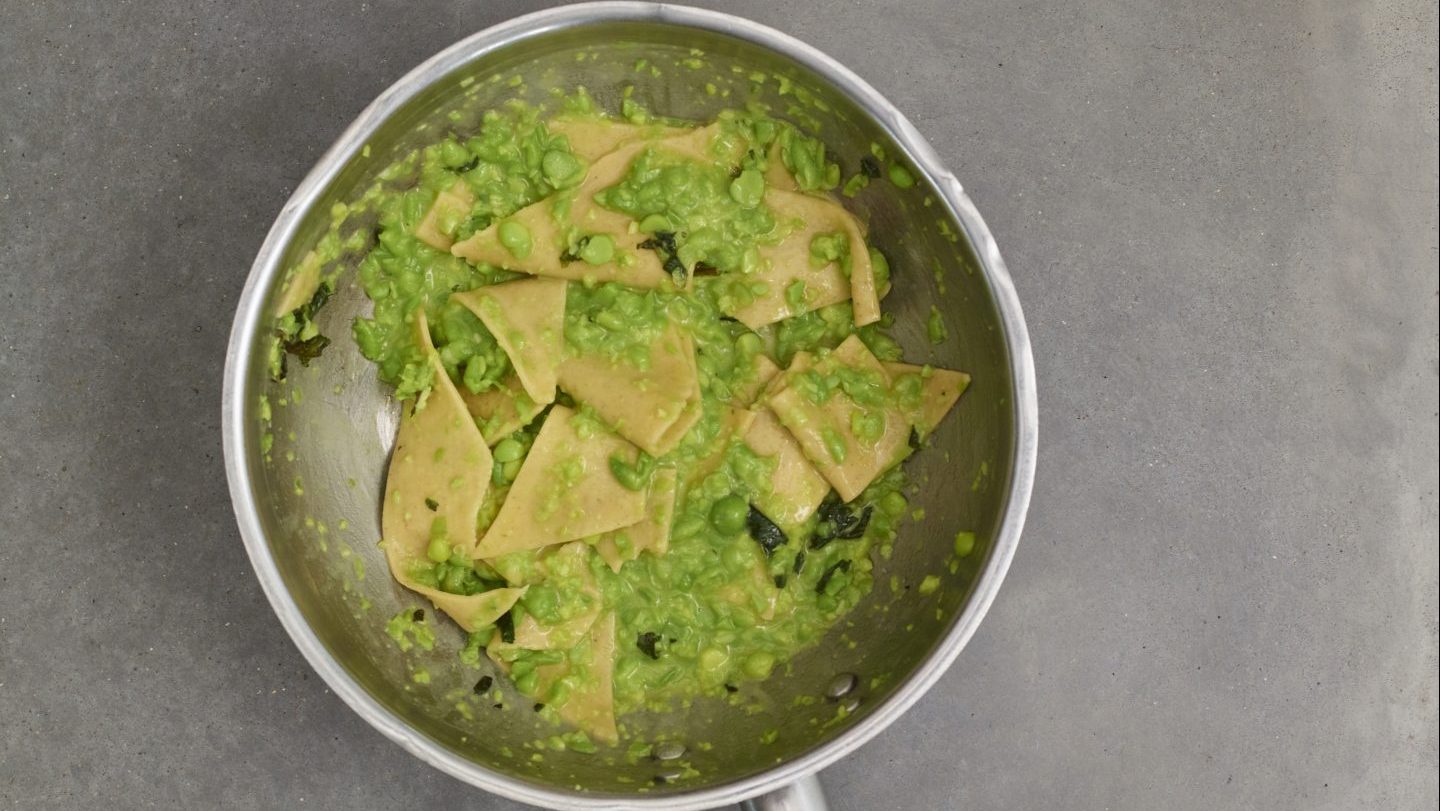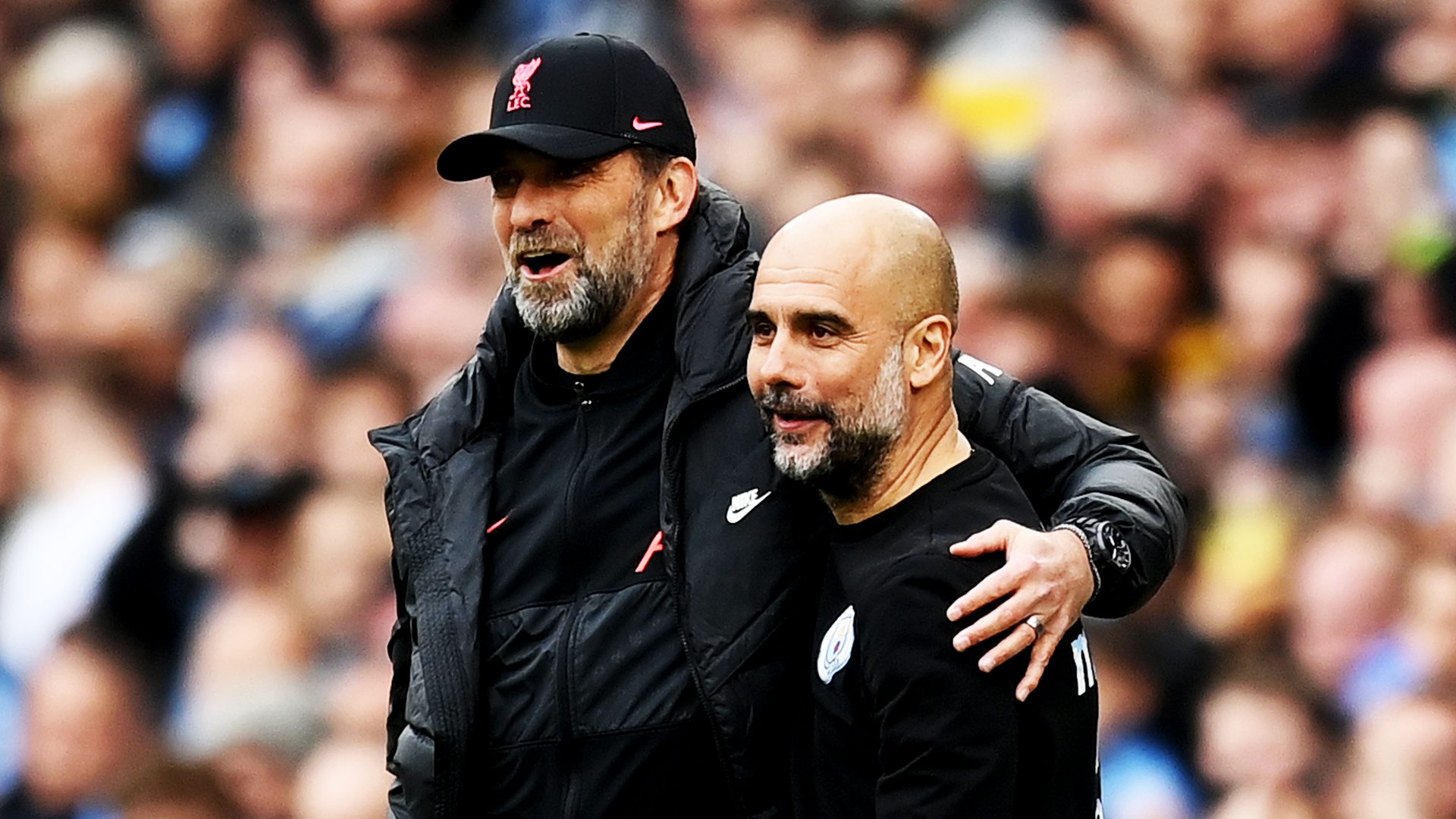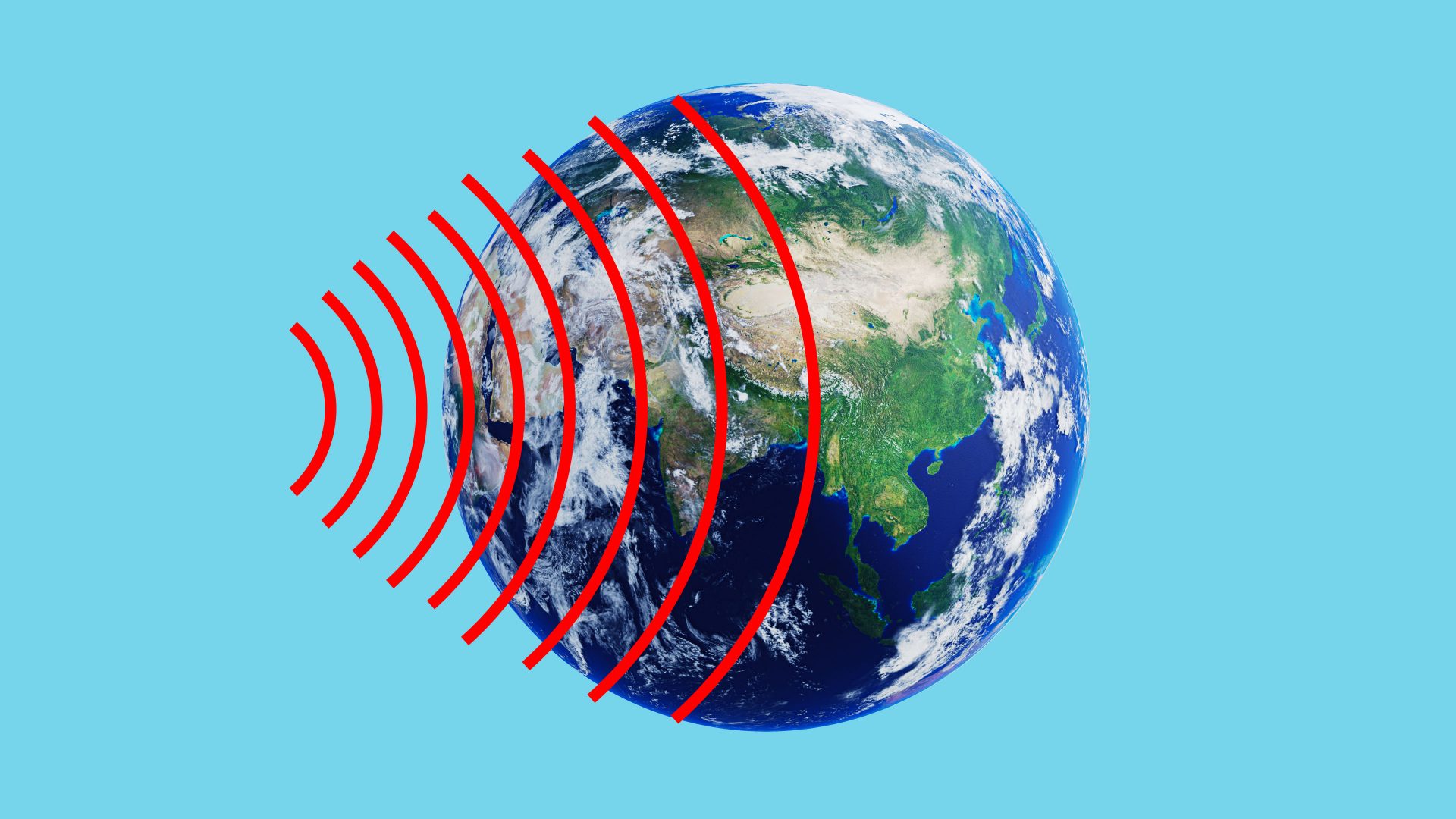Growing up, a staple of buttery penne with bacon and peas filled me up at least once a week. Sometimes my mum would give it to me after our dinner,
because I never stopped playing football and was constantly hungry.
Peas are coming into season now. They often arrive in unison with asparagus, and wrinkly morel mushrooms, beefy and satisfying as they are. Both are also perfectly suited to pasta. Peas, though, are the simplest to make use of – they burst and pop with earthy freshness as you untangle ribbons of tagliatelle or sift through a bowl of orzo. Peas love to be in olive oil, butter and cheese – pound for pound, they are more nutritious even than
broccoli, and in their sweetness balance fat with delicate ease.
The bite of pasta, caressed by that luscious olive oil and studded with those dainty peas, is spring. All that’s left is a squeeze of lemon. Then we really are in the Mediterranean, sitting in the sun with a glass of Pinot.
Here, George Ryle offers this very combination. The head chef of the Garden Cafe at the Garden Museum in Lambeth, London, his food is seasonal and light, and is served in the bright environs of a Scandi-style dining room that sits adjacent to a courtyard filled with greenery.
His recipes are endearing and untaxing. There is an element of demand in his asking you to make your own pasta – buy it if you’d prefer – but the sauce is replicable, and a happy celebration of fresh peas.
GEORGE RYLE’S ‘PASTA, PEAS, PECORINO & LEMON’ – FROM A YEAR IN THE KITCHEN, THE GARDEN CAFE COOKBOOK
SERVES 4
For the pasta dough:
300g ‘00’ flour
100g semolina
200g whole eggs
For the sauce:
2 shallots
2 cloves of garlic, peeled
200g fresh peas, podded
150g pecorino, grated (plus however much you want to grate on top at the end)
1 lemon
Olive oil
Salt
Method:
If you have a pasta machine at home then definitely give it a go with this recipe, if you have the time. If you don’t have a pasta machine or the energy or time to make fresh pasta, then dried pasta is fine. Just make sure that you get your hands on some that is good quality, preferably one with a matte, slightly rough surface. It will encourage the sauce to cling to it.
This particular shape of pasta is called maltagliati, which translates as “badly cut”. They are little irregular shapes and sizes, cut or torn away from the main sheet. The pasta dough should be made the day before it is going to be eaten. It needs a rest after all that kneading.
To make the dough, mix the flour and semolina together in a bowl. In a separate bowl whisk the eggs together thoroughly. Make a well in the middle
of the flour and pour the eggs in a little at a time. After adding each splash of
egg you need to incorporate some of the flour, then add more egg and incorporate more flour and continue in this rhythm until all the egg and flour are incorporated together. Then tip it out on to a clean work surface and begin to knead the dough. It should feel quite dry and require a fair
amount of effort to knead. Knead for about five minutes, basically until all
the flour and egg are well combined and the dough is consistently yellow in
colour. Wrap it in cling film and leave it in the fridge overnight.
The following day, when you come to roll it, you want it to be room temperature, so get it out of the fridge at least a couple of hours before. Meanwhile, for the sauce, peel and dice the shallot and slice the garlic cloves. In a pan, add the shallots, garlic, a good glug of olive oil, and a pinch of salt and let them soften slowly on low heat; you want to avoid any colour, so go gently and stir regularly.
Once they have softened add the peas and a splash of water, turn the heat up and cover with a lid. Cook like this for two minutes then take the pan off the
heat and carefully transfer the softened peas to a food processor. To this add the zest and juice of the lemon, the grated pecorino, and three twists of black pepper. Pulse together, in short bursts, until you have something that resembles a loose pesto (for me, slightly too chunky is better than too smooth). If it is looking a little dry then add a touch of water. Check for seasoning and adjust the salt, pepper, and lemon if necessary.
Back to the pasta. Bring a pan of well seasoned water to a boil (people say that it should be as salty as the sea).
Before beginning to roll the pasta, make sure you have both ‘00’ flour and semolina to hand. On a lightly dusted surface, use a rolling pin to roll out the
pasta dough until it is thin enough to fit into your pasta machine. Mine has a
dial to adjust the thickness that goes from 1 to 10. On this machine, I begin rolling the pasta through on 10 (the widest setting), passing it through twice, and then twice at 8.
At this point, I fold the dough. Taking the dough from one end and folding it
into the middle and then folding the other end over the top of it. Repeat this
step until the dough has been folded three times. This process helps to build
the glutens in the dough and gives you pasta with a great texture. After the third fold, you can pass it twice through all the even numbers until number 4 – if at any point the dough is getting stuck or feels a little wet, then give it a dusting with the flour. It should then go through twice at 3 and twice at 2, before dusting with some semolina, just to prevent any sticking. At this point you are ready to cut or tear the pasta; strips, squares, triangles, or rhombuses – have fun!
Gently heat the pea mixture in a pan that will accommodate all your pasta once cooked. The pasta only takes 90 seconds to cook and once it is ready and tossed with the sauce needs to be eaten straight away, so make sure bums are on seats and glasses are full.
Make sure the water is at a rolling boil and then drop in the pasta and give it a little stir. After 90 seconds, dip a cup into the water and take some of the
starchy pasta water, which you will need later. Drain the pasta in a colander and tip it into the pan with the peas. Stir the sauce and pasta together, lubricating with some of the pasta water as you go. The starchy water will help to give the sauce and the pasta a lovely glossy finish. Check for seasoning and then serve.
You almost certainly want to grate more pecorino over the top of it. Enjoy.




